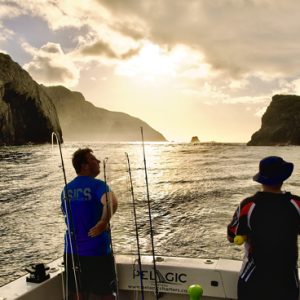The old chestnut of ‘we don’t know what recreational fishers catch’ can finally be put to bed.
New Zealand’s methods of estimating recreational marine harvest are internationally recognised as being robust and reliable. A scientific paper has been published in the international peer-reviewed journal, Fisheries Research, highlighting the high-quality work being undertaken in Aotearoa.

The report, by experts from Blue Water Marine Research, NIWA, and the National Research Bureau, was published in March and is now a quotable source for researchers worldwide.
The overriding constraint is that these national harvest surveys are expensive and currently only undertaken every five or six years. Much can change in that timeframe. For example, during the last national survey good size snapper moved close into the Hauraki Gulf in unusually high numbers during the summer of 2011-12. These were used as the benchmark for snapper catch in Area 1 and, despite the warnings by recreational advocates, these catch rates were ultimately used to inform management decisions. This was a mistake.
In 2015, NIWA reported to MPI that the web camera/ramp survey index suggests that the recreational snapper harvest in the Hauraki Gulf decreased by about a quarter (-26%) between 2011-12 and 2012-13, followed by a further substantial decline in 2013-14 (-71%) from the 2011-12 harvest.
How much fish do recreational fishers actually take?
Excluding aquaculture and based on 2011-12 records, recreational fishing represents –
- Less than 3% of the total harvest from New Zealand’s marine waters.
- Less than 20% of total harvest from the inshore fisheries in which the public has an interest.
- Less than 10% of total harvest from the inshore fisheries in which the public has an interest, excluding snapper and kahawai.
Recreational harvest has a significant impact in some shellfish fisheries and a few inshore finfish stocks such as snapper and kahawai on the North Island’s northeast coast, and blue cod at the top of the South Island. Most other inshore fish stocks are dominated by commercial harvest.
Generally, existing controls have proven to be effective in managing recreational harvest. The full results from the current round of surveys and the direct comparisons with the 2011-12 harvest will be available in 2019.





